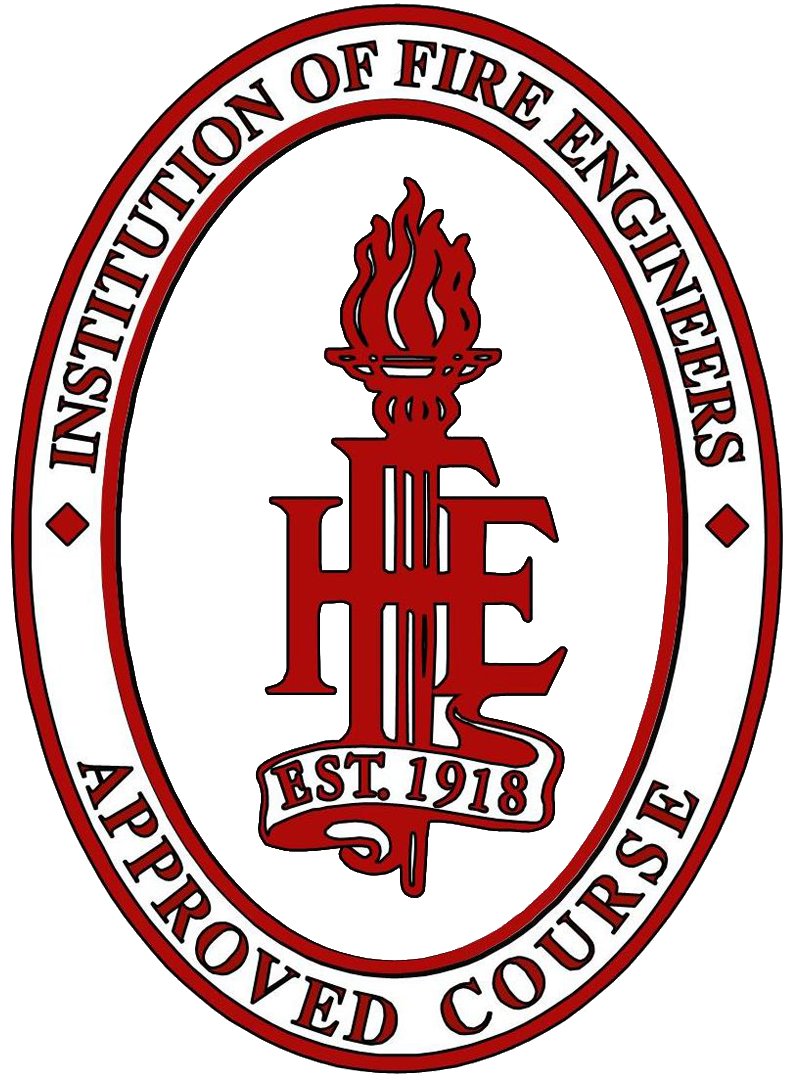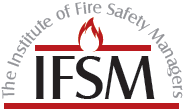Fire Regulations - Regulatory Reform (Fire Safety) Order 2005
What are the fire regulations Re- Regulatory Reform (Fire Safety) Order 2005?
It was introduced to replace most fire safety legislation and fire regulations with one simple order. It means that any person who has some level of control in premises must take steps to reduce the risk from fire and make sure people can safely escape if there is a fire.
Where does the order apply? The order applies to virtually all premises and covers nearly every type of building, structure and open space. For example, it applies to:
1/ Offices and shops
2/ Premises that provide care, including care homes and hospitals
3/ Community halls, places of worship and other community premises
4/ The shared areas of properties several households live in (housing laws may also apply)
5/ Pubs, clubs and restaurants
6/ Schools and sports centres
7/ Tents and marquees
8/ Hotels and hostels
9/ Factories and warehouses
It does not apply to - People’s private homes, including individual flats in a block or house
What are the main rules under the fire regulations order? To carry out a fire risk assessment identifying any possible risks or dangers. Consider who may be especially at risk and eliminate or reduce risk as far as reasonable possible and provide general fire precautions for any risk left. Take other measures to make sure there is protection if flammable or explosive materials are used or stored. a plan must be created to deal with a emergency and and this must be recorded and reviewed when necessary
Who is responsible for meeting the order? Under the order, anyone who has control of premises or anyone who has a degree of control over certain areas or systems may be a ‘responsible person’. For example, it could be:
1/ The employer for those parts of premises staff may go to
2/ The managing agent or owner for shared parts of premises or shared fire safety equipment such as fire-warning systems or sprinklers. The occupier, such as self-employed people or voluntary organisations if they have any control
3/ Any other person who has some control over a part of of the premises.
If you require any further help or advice please contact us
Who is the 'Responsible Person'?
The Order says that the 'Responsible Person' who is usually defined by the legislation as the employer, has to undertake a Fire Risk Assessment. If your organisation employs five or more people you have to record the findings of your assessment. A Responsible Person is defined nearly always being the employer, where there is one, though it can include other individuals too. If you share a building with other organisations, the responsibility may be shared among several people. If you have responsibility for the other people in your organisation, it is safe to assume you will be the Responsible Person, even if others are too. The responsibilities are
Who is the Competent Person?
This could be an employee or an outside Fire Assessor consultant. Competence is demonstrated through sufficient training, experience and knowledge. A Competent Person must be appointed to carry out Fire Fighting duties (where appropriate), contact the Emergency Services, and assist in evacuations.
What if I don't have a Fire Risk Assessment?
The purpose of our Fire Risk Assessment report is to make you aware of the required fire safety measures you may have to implement to ensure that all people on your premises are safe and you fully comply with the Regulatory Reform (Fire Safety) Order 2005.
Under the Regulatory Reform (Fire Safety) Order 2005 there are three relevant notices that can be served on you should you receive a visit from the Fire Brigade, these are; an enforcement notice, an alterations notice and a prohibition notice.
What is an Enforcement notice?
An enforcement notice is a document which is sent to the responsible person from a fire authority stating that the enforcing authority (fire service) is of the opinion that the responsible person or any other person as is applicable has failed to comply with any provision of the Fire Safety Order 2005 or of any regulations made under it.
What is a Alterations notice?
An alterations notice is a document which is sent to the responsible person from a fire authority stating that the enforcing authority (the fire and rescue service) is of the opinion that the premises constitute, or may constitute, a risk to relevant persons if a change is made to them or the use to which they are put. The notice must state that the enforcing authority is of the above opinion, and, specify the matters which constitute such a risk. Where a notice has been served the responsible person must notify the enforcing authority of any proposed changes.
What is a Prohibition notice?
If the enforcing authority is of the opinion that use of premises involves or will involve a risk to relevant persons so serious that use of the premises ought to be prohibited or restricted.
If you have received any of the above please contact us or if the situation is very urgent telephone us on 07832 271961 or 07757 888531.
Could my insurance cover be effected?
Insurance companies will expect you to ensure your premises conform with the fire regulations. The last thing you would want is any problems with a claim should the worst occur
There are potentially very stringent penalties for none compliance with the Regulatory Reform Order such as very high fines and imprisonment.
Return from Fire Regulations to Fire Risk Assessment-Home Page


